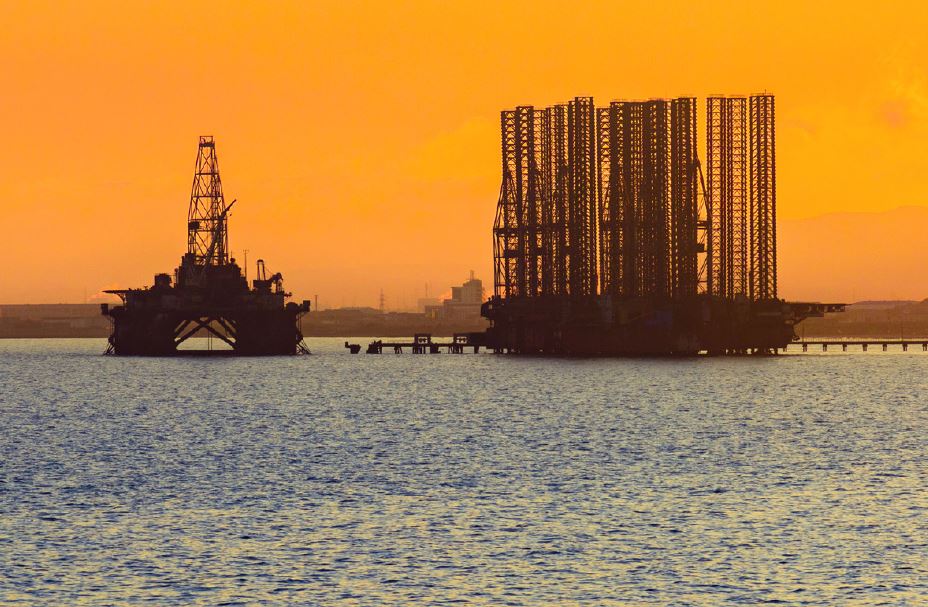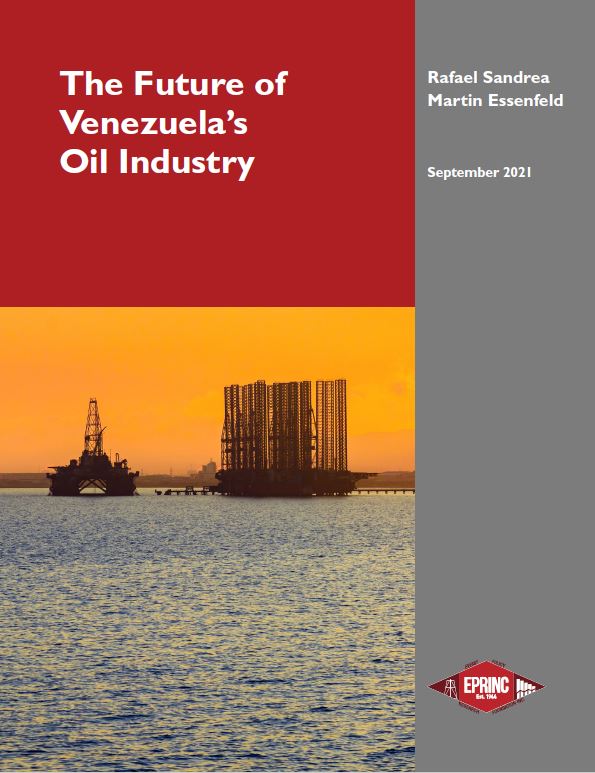Rafael Sandrea and Martin Essenfeld
Originally posted on The Energy Policy Research Foundation, Inc. (EPRINC) on september 16th, 2021. Link here.
Throughout much of the developed world, there is a consensus that concern over climate change is leading to a rapid downturn in petroleum use and that petroleum will likely have a rapidly declining role in the world’s energy mix over the next 30 years. However, a rapid energy transition to a world no longer reliant on fossil fuels represents a formidable challenge and a high likelihood remains, especially in the developing world, that petroleum’s important and large contribution to the world energy mix will not be so easily displaced. Recent EIA forecasts show that world oil and gas demand has reverted to trend. Supply requirements for the end of 2022 are likely to exceed 100 million barrels/day, a remarkable recovery from a decline in liquids demands of over 15 million barrels a day in 2020 from the Covid-19 pandemic. Although Venezuelan oil production has been constrained by both technical mismanagement and sanctions, the size of its reserve base documents its potentially important role in meeting future world oil demand.
The timing of Venezuela’s petroleum future depends on whether it can enter the world oil market under traditional commercial conditions. On June 25, 2021, the U.S., Canada, and the E.U. issued a joint communiqué that made clear that a decision regarding the timing and specifics of the sanctions on Venezuela remains the primary determining factor on when and if Venezuela can play a larger role in the world oil market.
Even if Venezuela were somehow to find its way free of sanctions, the road back to higher production will require massive capital investment. Venezuela, which produced over 3 million barrels in day in the 1970s, is now at only 600,000 barrels per day. The authors estimate that the level of investment and amount of time required to rehabilitate the production potential of Venezuela would approach $30 billion USD in two stages:
Stage 1 – Pre-sanctions recovery: An investment of $7-9 billion over 2-3 years to get back to production prevalent before sanctions started in 2017 (about 2 million barrels/day).
Stage 2 – Post-recovery: An investment of an additional $20 billion/year for 2-3 years. These investments would take 4-5 years to yield additional production. This would require investment into offshore and underdeveloped onshore projects to bring them up to full production capacity. With proper investment, Venezuela can sustain a production output of approximately 2.5 million b/d over the next 20-30 years.
The authors provide an overview of Venezuela’s production potential, and evaluate the technical obstacles that must be addressed to restore Venezuelan oil production.
Their paper can be found here or click on image below.


